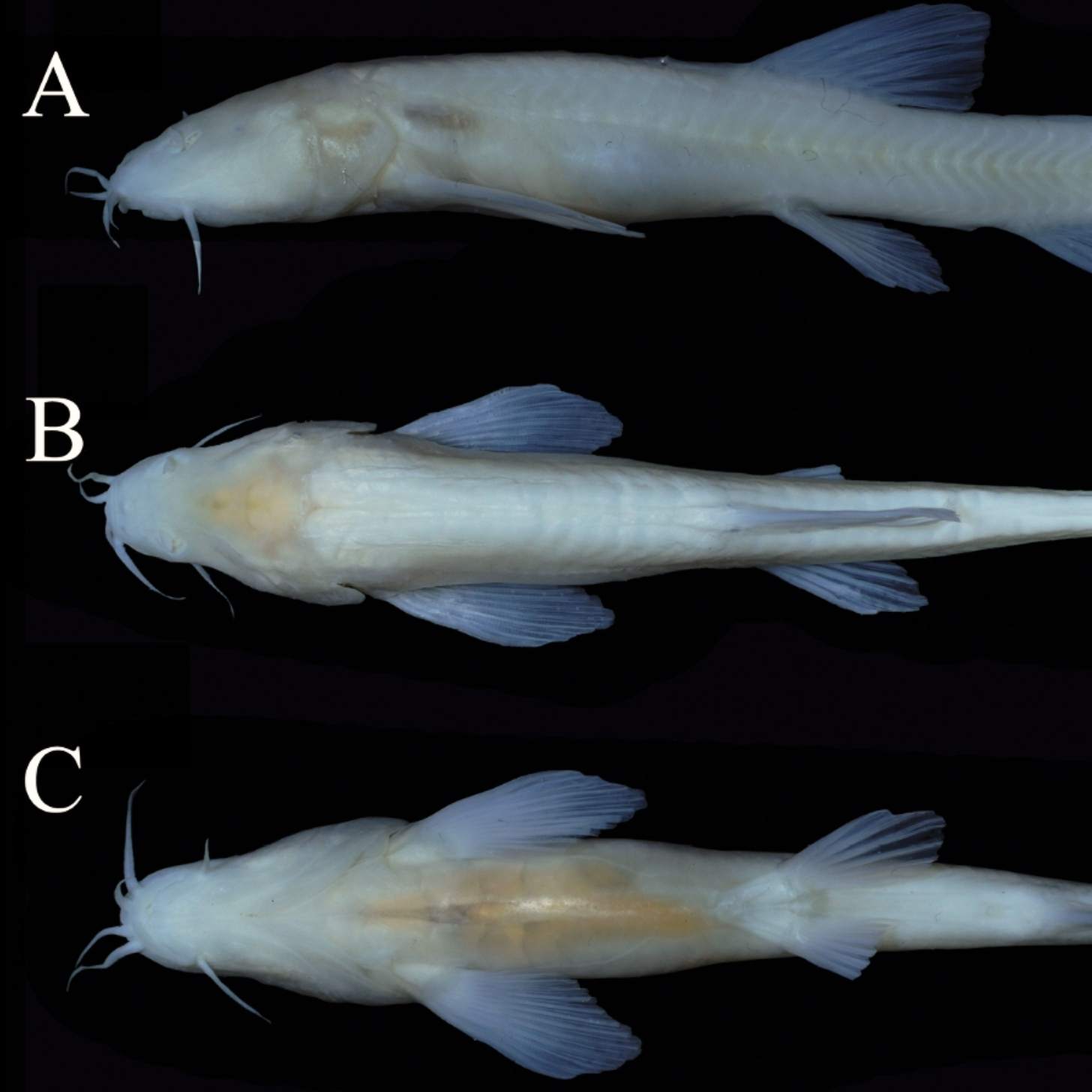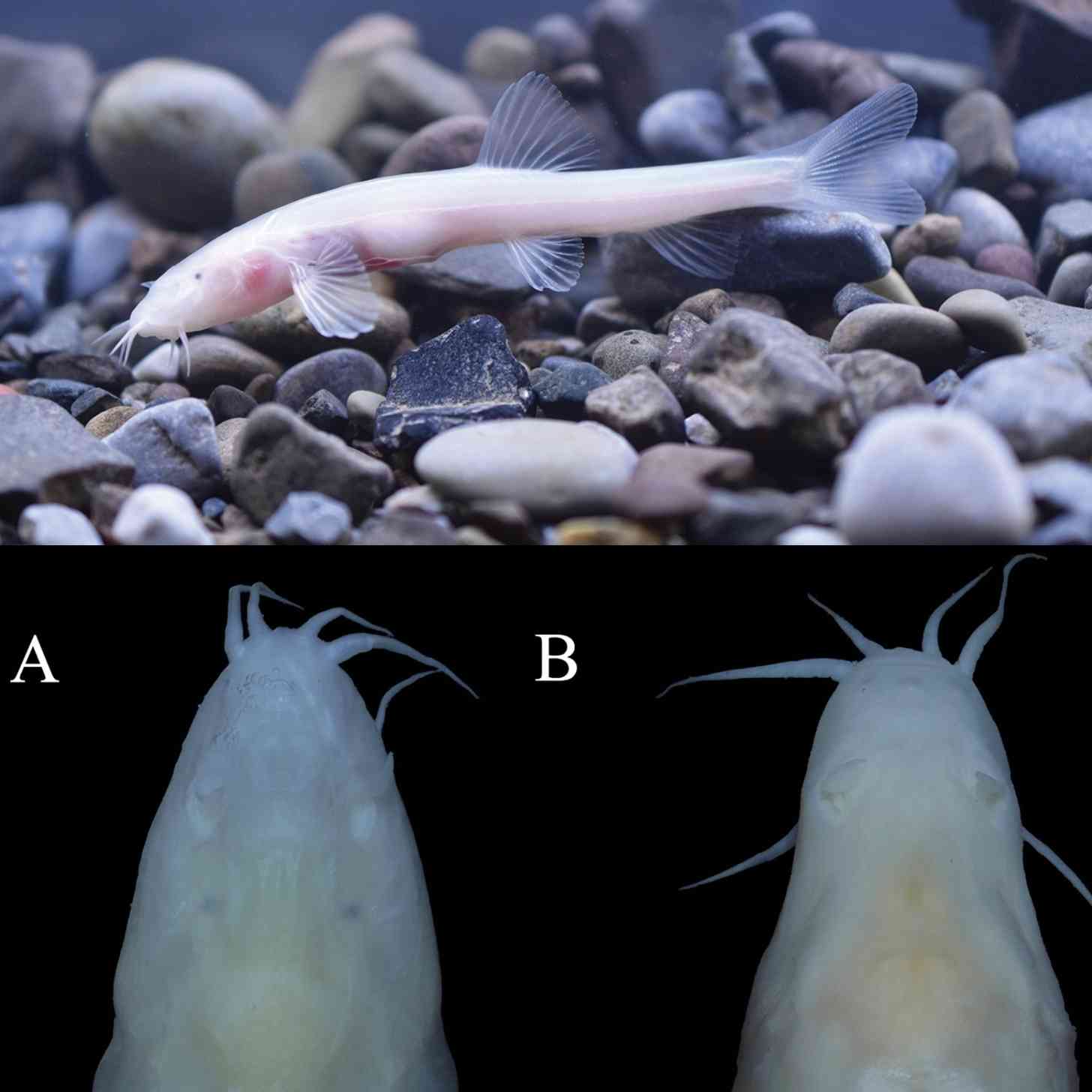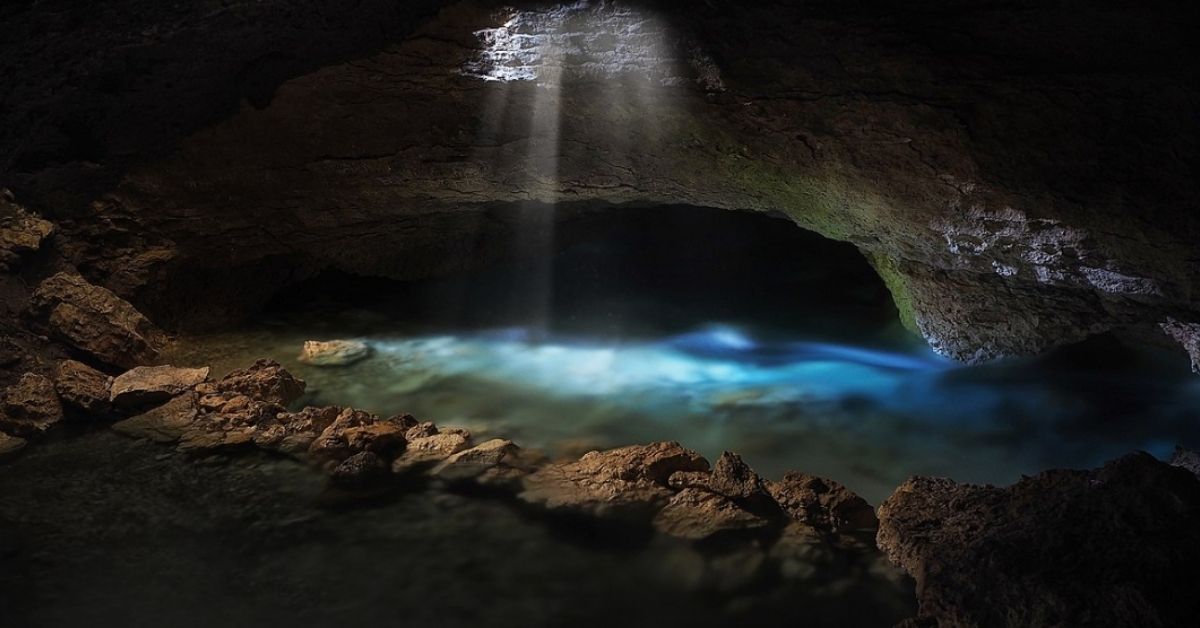On a recent research expedition, scientists discovered a cave-dwelling creature in China, which was hiding in an underground river outlet near the small farming village of Xiaoganxi.
The new species, which is a type of cavefish known as a loach, is notable for its near-translucent appearance, which allows its internal organs to shine through.
Its body, which is “scaleless” and “lacks pigment,” gives it an overall “semi-transparent” look similar to that of a jellyfish.
According to the study, which was published in the scientific journal “Zoo Keys” on September 23, research was evenly divided among Min Shi, Yuan-Chao Chen, Xing-Jin Che, Wei Dao, Wen-Ming Liu, Deng-Shan Wang, Jun-Xing Yang, and Xiao-Ai Wang.
The researchers named the new species Triplophysa baishuijiangensis, or Baishuijiang high-plateau loach, after the Baishuijiang National Aquatic Germplasm Resources Reserve for Endemic Fish.
It’s the first — and possibly only — location known to host the creature.
“So far, the new species has only been found at the outlet of an underground river in Xiaoganxi Village [in] Zhaotong City, Yunnan Province,” the researchers noted.
“[The] outlet is clear year-round. The new species is active and feeds near the outlet, rarely far from the outlet, responding to light but is insensitive to vibrations, moves slowly, and is easy to capture.”

Loaches possess whisker-like organs called barbels around their mouths, which help them navigate cave systems and detect food in dark spaces.
The presence of a large loach population is a strong indication of a healthy habitat, making them an indicator species.
Northern Yunnan, where the Baishuijiang high-plateau loach was discovered, is a province at the easternmost edge of the Himalayas that boasts the largest diversity of plant life in China.

The province is also known for its rich animal diversity.
In early August, researchers from the Chinese Academy of Sciences’ Kunming Institute of Zoology published a study on a different new species found in the region: The Tongbiguanen horned toad.
In their research, the herpetologists noted the toad’s distinct diamond-shaped pupils and copper-brown irises ringed with gold.
Lead author Yun-He Wu speculated that more discoveries awaited explorers in the Yunnan province.
“The Tongbiguan Provincial Nature Reserve may harbor more hidden herpetological diversity than previously postulated. It is one of the richest regions in Yunnan for amphibians and reptiles,” Wu noted in the study, which was published in the scientific journal “Zoosystematics and Evolution.”
“In recent years, a series of new species, new record genera, new national record species, and new regional record species have been discovered in the Tongbiguan Provincial Nature Reserve.”
They wrote: “Our new finding of X. tongbiguanensis further confirms that the herpetological biodiversity of Tongbiguan Provincial Nature Reserve is yet to be fully documented.”
You may also like: This creature found off the coast of Antarctica looks like something straight out of 'Stranger Things.' It's a new species
Header image via Theglennpalacio / Wikimedia Commons (CC BY-SA 4.0)



